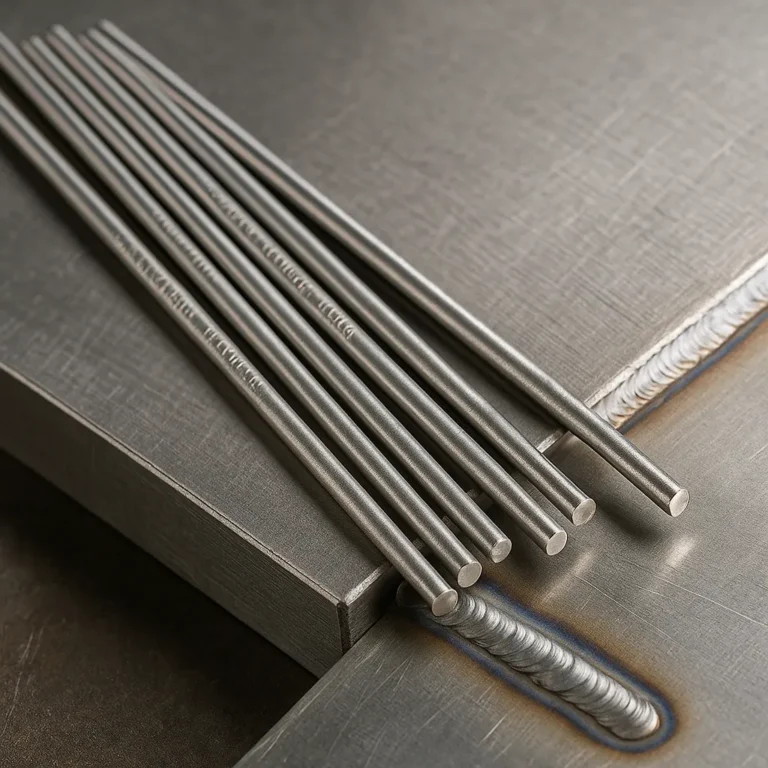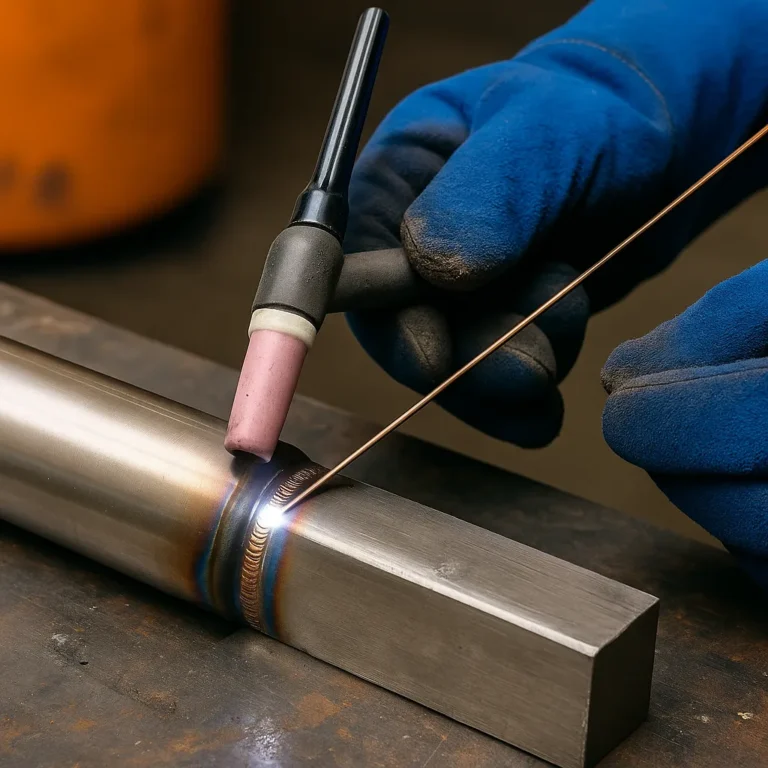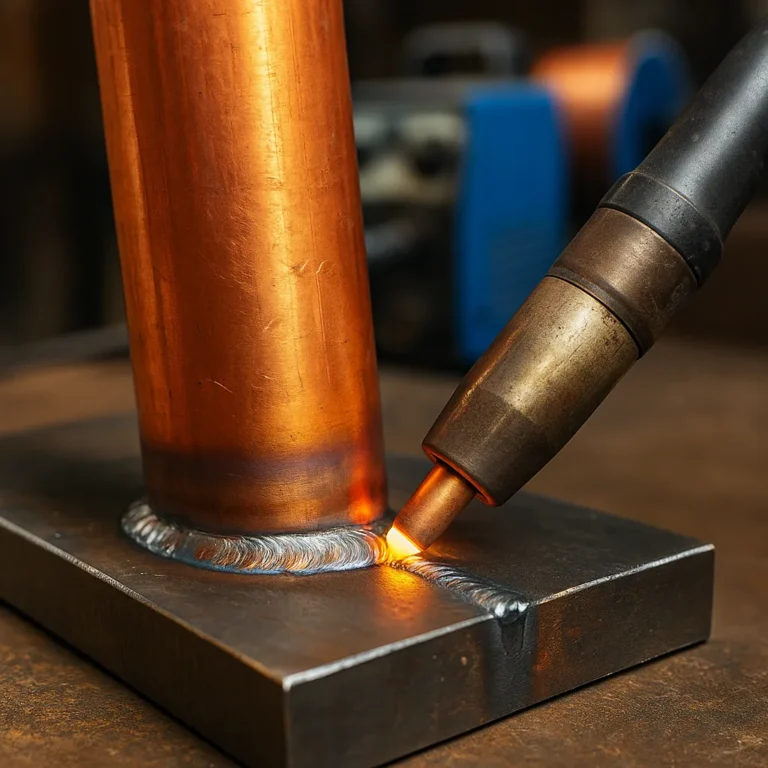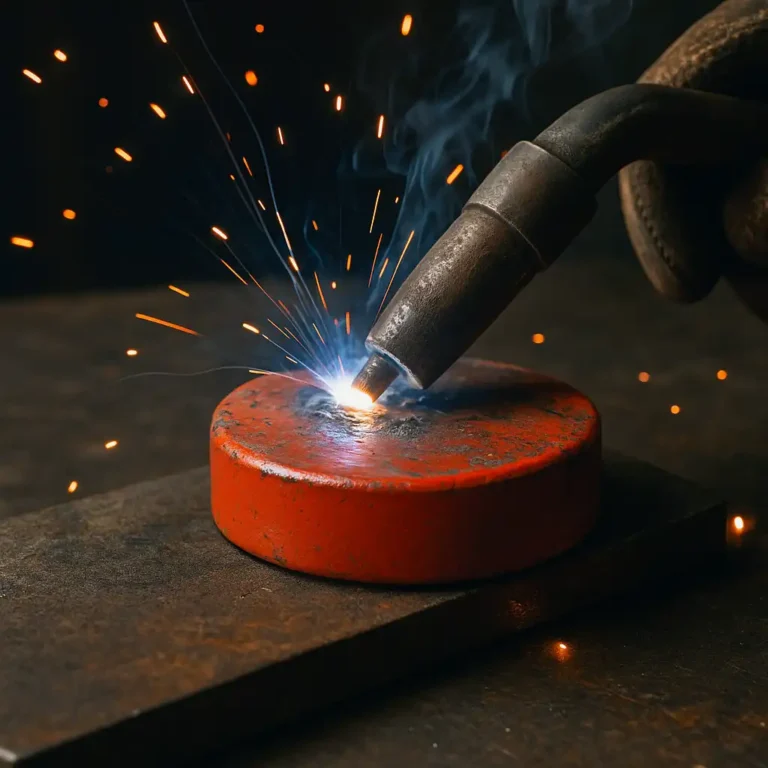Can a Stick Welder Be Used for TIG? Here’s What Works and What Doesn’t
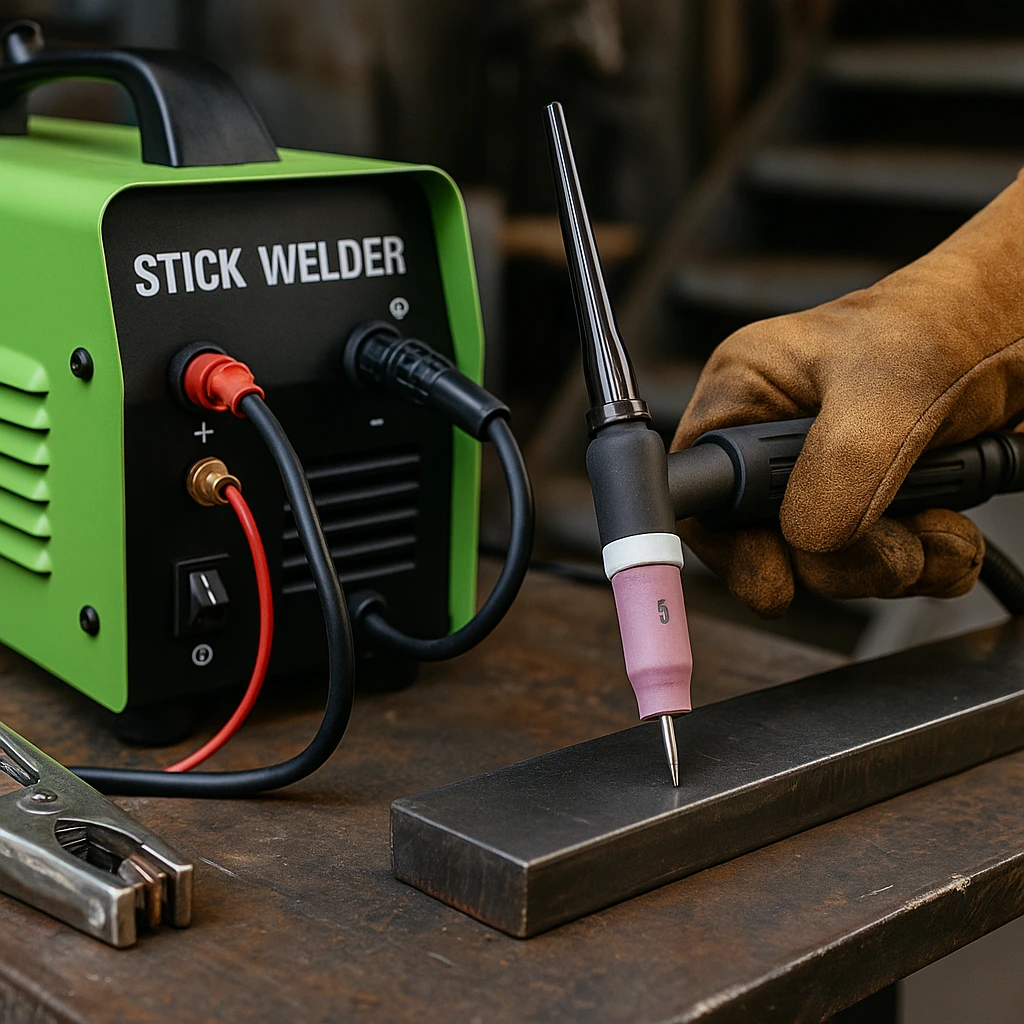
Disclosure: This post contains affiliate links. As an Amazon Associate, I earn from qualifying purchases—at no extra cost to you.
Last Updated: July 29, 2025
A lot of welders—especially weekend DIYers and small-shop folks—want more out of the gear they already own. If you’ve got a stick welder sitting in your garage and you’re curious whether it can handle TIG, you’re not alone. The answer is yes—but with a few important caveats.
That said, it’s not just a plug-and-play switch. You’ll need the right accessories, the right gas, and a bit of patience. For those also thinking about a multi-process upgrade, check out our breakdown of Forney Easy Weld 140 MP to see where it fits.
Why Some Stick Welders Can Handle TIG
Stick and TIG both run on constant current, which is why scratch-start TIG works with many basic stick machines. That makes it a practical workaround for folks welding mild steel or just testing out TIG basics.
You won’t get high-frequency start or a foot pedal, and the arc control won’t be as refined. Still, many welders say it works well enough for small fab jobs or light practice. Just don’t expect it to tackle aluminum or precision TIG without a more capable rig.
What You’ll Need to Get Started
You can’t just hook up a TIG torch and go. To set this up properly, you’ll need:
– A scratch-start TIG torch with a gas valve
– Pure argon (no mixes)
– A quality regulator and flowmeter
– 2% thoriated tungsten
– A machine with DINSE-style connectors
You’ll strike the arc manually—think of it like lighting a match. Most welders report it takes some finesse to avoid contamination or sticking, but once you get the hang of it, it becomes second nature.
When It’s Time to Upgrade
If you find yourself using TIG more often or needing cleaner, more controlled welds, a scratch-start setup may start to feel limiting. Multi-process welders like the Forney Easy Weld 140 MP offer smoother arc control, onboard gas valves, and a more polished experience—even without high-frequency start.
That’s a big step up if you’re doing stainless work or thinner material. Based on user feedback, these machines are a solid next move before jumping into high-end TIG setups.
Habits That Make Scratch-Start TIG Easier
Even without a pedal or HF start, there are ways to clean up your results:
Keep your tungsten sharp. Always use fresh, dry filler. Adjust travel speed and torch angle until your arc stays tight. Most importantly—practice striking clean arcs. According to welders in community forums, once you nail the start, everything else gets smoother.
Scratch-start isn’t for production work, but it’s a reliable way to expand your skills or add TIG to your garage setup without spending a fortune.
Conclusion
Yes, a stick welder can be used for TIG—and it’s a smart move for learning the basics or doing small steel jobs on a budget. Just know the trade-offs: you’ll need the right gear, and it takes some practice. But for occasional use, it’s a practical workaround. If TIG becomes part of your regular workflow, upgrading to a multi-process or dedicated TIG machine will save you time and give you better results.
Related Articles You Might Find Helpful
- How to Improve Arc Starts with Scratch Start TIG
- Best Budget Multi-Process Welders for Home Shops
- Stick vs TIG Welding: Key Differences Explained
- What Gas Do You Need for TIG Welding?

